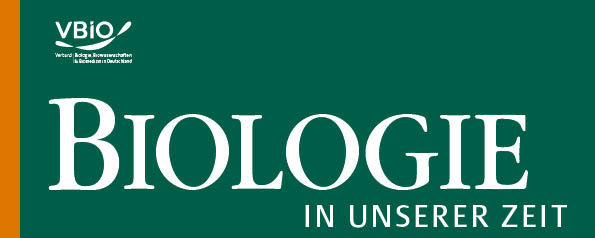100 years of research on locusts
How harmless insects transform into dangerous swarms
DOI:
https://doi.org/10.11576/biuz-5014Keywords:
Insekten, Wanderheuschrecken, Polyphänismus, Schädlingsbekämpfung, Phasen-PolymorphismusAbstract
100 years ago, field studies showed for the first time that certain migratory locusts exist in two different phases, previously believed to be different species. At low density, they live solitary in their specific ecosystem. Under certain climatic conditions (strong rainfalls, but also droughts and diminishing food supply) the population densities may rise. This causes a number of changes and solitary animals transform into gregarious swarms. Due to overcrowding, contacts between the insects increase in number thus bringing about physiological changes in their organisms: The production and the effect of biogenic amines, hormones and pheromones are influenced; in addition, numerous genetic and epigenetic processes are induced. First of all, all these factors cause changes in insect behaviour, followed by changes in their appearance (e. g. colouration) and finally morphological modifications. The exact interaction between these different factors is not yet fully understood.

Downloads
Published
How to Cite
Issue
Section
License
Copyright (c) 2021 Hans-Joachim Pflüger, Peter Bräunig

This work is licensed under a Creative Commons Attribution-ShareAlike 4.0 International License.

